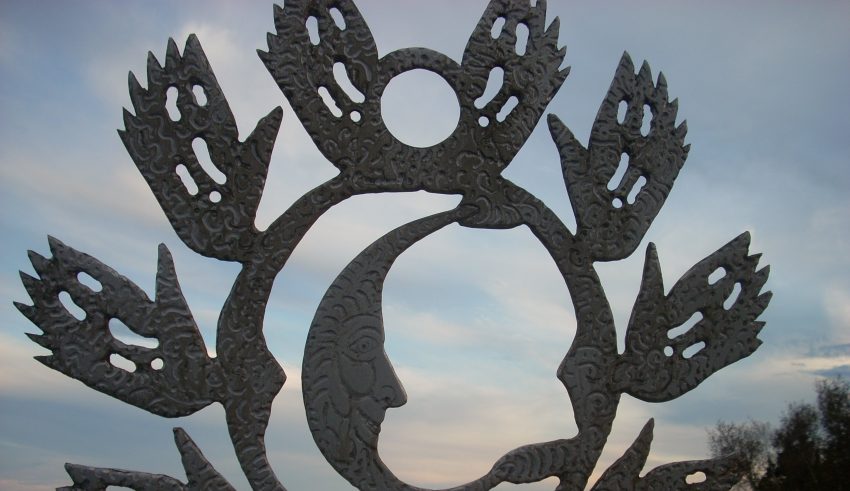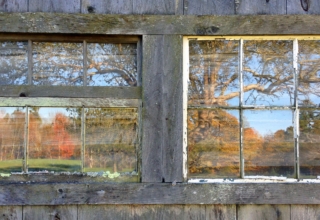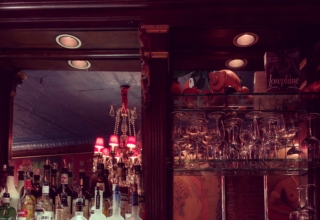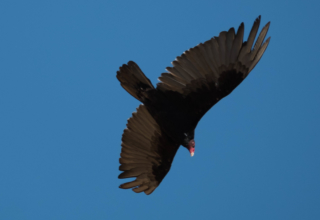
Jung supported this idea in his book, Man and His Symbols. He cited numerous examples in which children who had never been exposed to particular ideologies vividly dreamed detailed representations of those ideologies. Myths appear to tap into our deep psyche, otherwise known as the unconscious, through the use of symbolism. Some myths activate our deep psyches more than others and clients engaging in depth psychology are instructed to pay close attention to such triggers.
Rituals provide physical enactments of myth which in turn root us in deeper meaning and connect us to our ancestors. Jung and Campbell believed that human beings, particularly western civilizations, have lost their connection to the earth. We no longer participate in the rituals of agricultural or hunting societies and we have lost the ceremonies and rights-of-passage that once transformed boys into men and girls into women. With the loss of rituals come social and psychological maladies such as gangs and neurosis.
Archetypal images and universal symbols reveal themselves in our dreams and are capable of providing us with knowledge and insight when interpreted in light of their meaning to the individual. “The function of myth is to put man in accord with nature.” (The Hero’s Journey) The hero can be anything from an explorer to a philosopher, artist or scientist. The title doesn’t matter. The journey through life’s struggles is universal and follows age-old patterns. Each passage through a struggle constitutes a journey and some journeys are more intense than others. The hero’s journey typically begins with feelings of restlessness and a gnawing sensation that there is a better life out there somewhere. Separation from the past becomes necessary and courage to change must be harnessed. A mentor is needed to guide the way, the descent into the unknown begins and the hero is put through trials which involve the threat of death. Death can be figurative as well as literal.
Download Article












